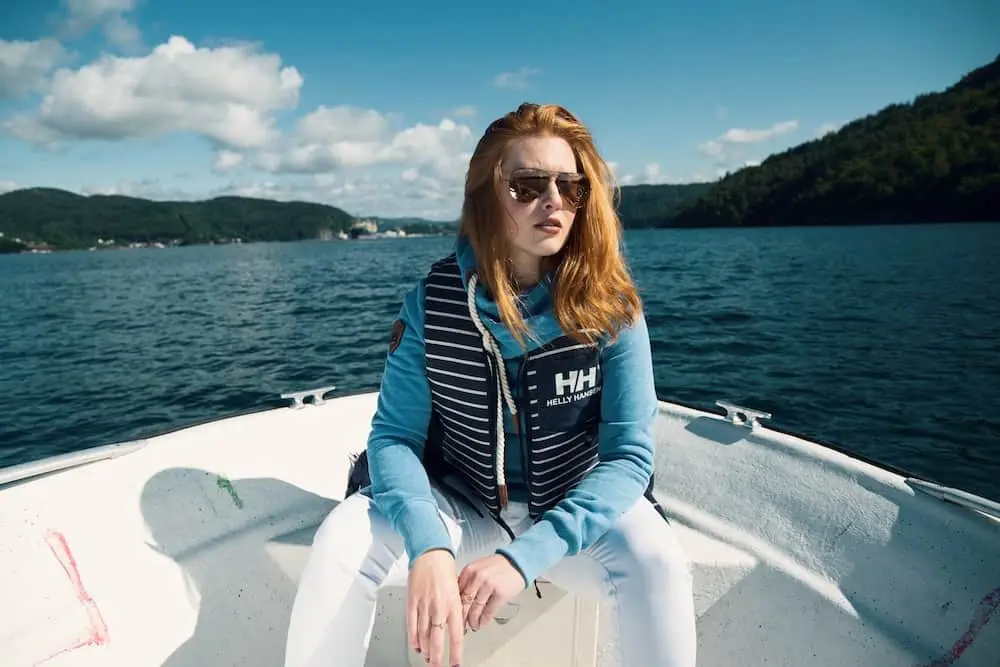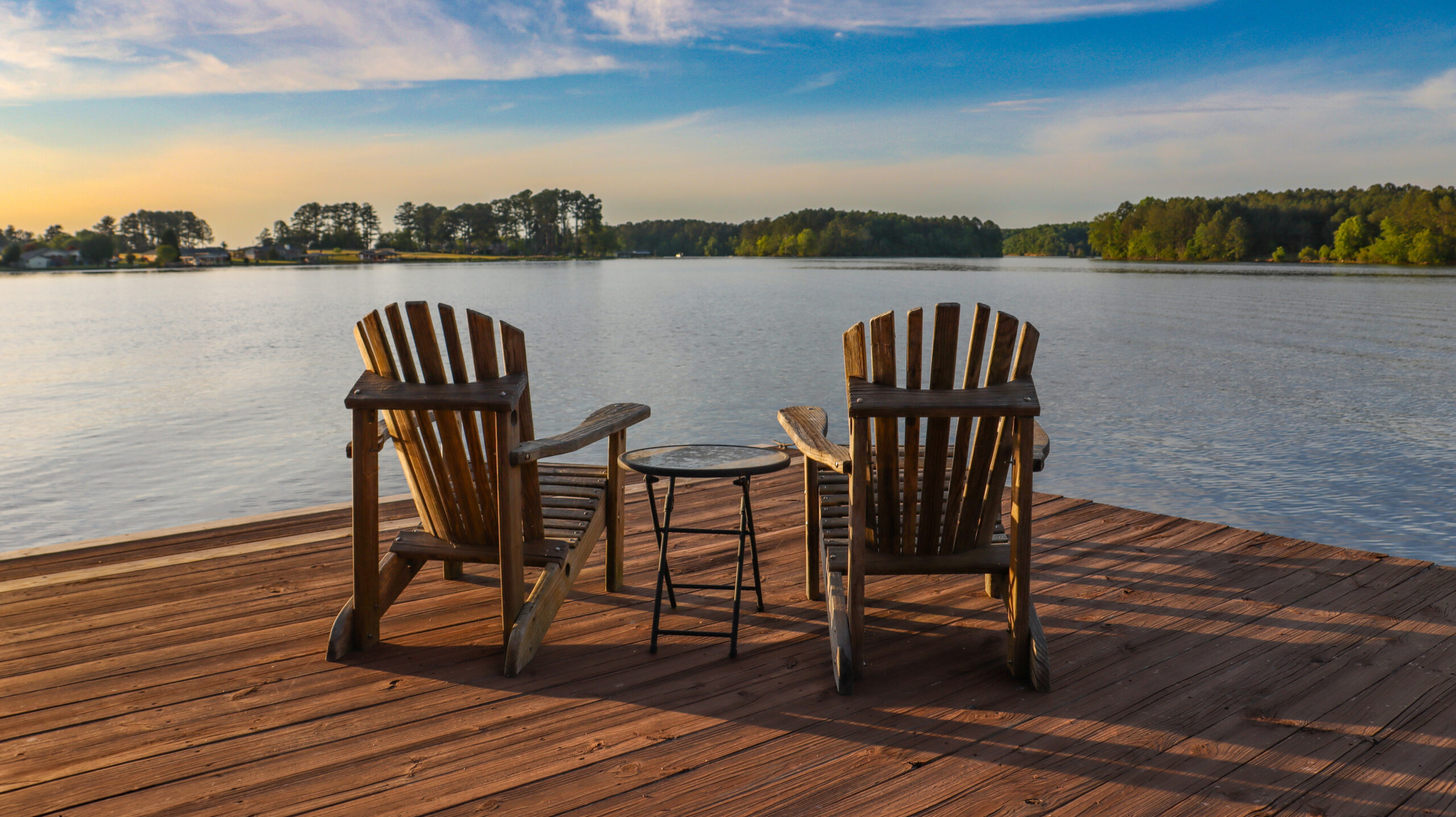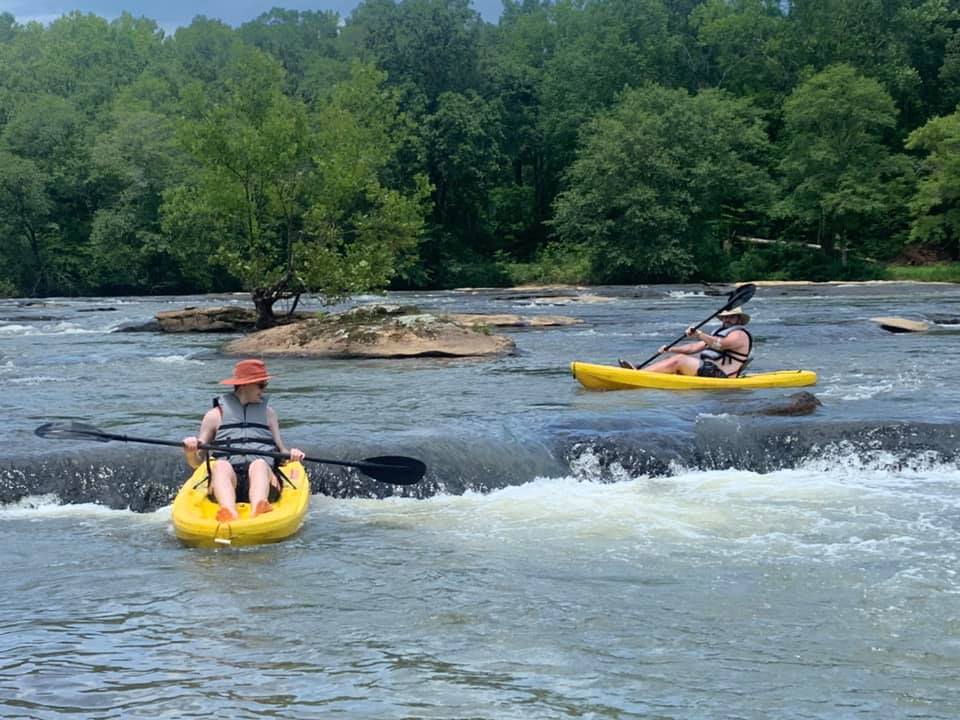A day out on the lake is usually filled with fun in the sun. But it’s especially important to take the time to protect yourself and prevent sunburn while you’re out on the water. Knowing just a bit about skin protection means you can put steps in place to ensure your day in the sun stays fun.
As anyone who has dealt with sunburn before can tell you, the sun can burn your skin quickly, and those who aren’t prepared will have days of discomfort (or worse) ahead of them.
How To Prevent Sunburned Skin
A mild sunburn will fade within a few days, but the damage to your skin can lead to long term problems like wrinkles, brown spots, and skin cancer. We’re out on the lake more often during the summer, but these tips also apply to boating in fall or winter. There are many ways you can proactively take care of your skin before a day on the lake. Here are some helpful tips and tricks to keep a day on the lake safe and fun for everyone including your skin.
Be Selective About Time Outdoors
To help prevent sunburn and keep skin safe, avoid spending time outdoors during peak sun hours. Generally, this is from 10 am – 2 pm. This is especially important if you are out on the waters of the lake, as water is reflective and will give even more sun exposure.
If you need to be outside during peak sun hours, wear clothing with UV protection and sunscreen.

Seek Shade Whenever Possible
The best way to prevent sunburn is to get under some shade. Even if you’re trying to get a little color on your skin, give your body a break and get in the shade every once in a while. As little as 15 minutes of sunbathing can lead to sunburn if you’re very fair-skinned. Many boats have a cover and some shaded area. A good rule of thumb is to spend at least as much time under the cover as you do in the sun.
Use Sunscreen for Skin Protection
One of the most vital ways to keep your skin safe and your experience enjoyable on the water is to be vigilant about sunscreen application. It’s important to recognize that using sunscreen incorrectly can be just as dangerous as not applying it at all.
How to Wear Sunscreen
Anyone who is spending time around water needs to purchase a water-resistant sunscreen or sunblock with an SPF of 30 or higher. Although spray sunscreens seem easier to apply and more convenient, the FDA discourages using them on children because they can be inhaled and cause respiratory problems. Additionally, spray sunscreen generally applies too little sunscreen, and it is much easier to miss spots.

One person should use one ounce of sunscreen to cover every inch of exposed skin. This is much more than what most people normally apply, so be generous if you really want to prevent sunburn.
Plus, sunscreen needs to be applied at least 15 minutes before sun exposure, although the FDA recommends waiting 30 minutes to make it most effective.
Does Sunscreen Expire?
If you’ve had the same bottle of sunscreen for years, you definitely are not using enough of it. Plus, sunscreen does expire. Each bottle should have the expiration date listed on it, but a general rule of thumb is it can be good for up to three years. After that time period, it is no longer effective and needs to be thrown out. To keep your sunscreen in the best condition, make sure you store it in a cool, dry place. Humidity, water, and heat will all age the sunscreen quicker—so keep it safely off-shore as much as possible.

Sunscreen vs sunblock
Sunscreen is a mixture of chemicals that help prevent the skin’s absorption of harmful cancer-causing rays, while sunblock is a physical barrier to the sun rays as it sits on the top of the skin.
Sunblock typically contains zinc oxide and is recommended for those with sensitive skin and small children. Luckily, many sunscreens also contain sunblock, which offers the best protection possible. Whichever type you choose, make sure it is water-resistant and has an SPF of at least 30.
Wear Sun Protective Clothing
While sunscreen is an important tool to keep your skin protected, the best way to prevent sunburn while out on the lake is to use sun protection clothing. This type of clothing has an ultraviolet protection factor (UPF) to block the sun from your skin. The higher the rating, the more protection is offered to your skin.
How to Choose the Best Sun Protective Clothing for the Lake
The type of clothing you will want for boating on Lake Hartwell depends on the time of year and the type of activities you are participating in. For example, those who are jet skiing in the summer will need a different outfit than a person fishing in the winter. For those who are going to be in the water, make sure to choose a type of clothing that is water-friendly. Many of the regular UPF shirts will provide weakened protection when wet, so look for clothing that is made for water and offers sun protection. Rash guards are available for adults and come in cute patterns perfect for boating or enjoying your favorite water sport. There are also water jackets you can use if you are in the water during cooler months.

Always wear sunglasses and a hat
When you’re on a boat in the lake, the sun is not only beaming right on your face, but it’s reflecting off the water. This double whammy of UV rays can damage not just your skin but also your eyes.
Whatever you are wearing, make sure you remember to grab the two most important accessories for Lake Hartwell—a hat with sun protective fabric and a pair of sunglasses. Make sure the sunglasses have UV protection as well, especially when you are out on the water.

With a little effort, the entire family can enjoy beautiful Lake Hartwell—no skin damage or sunburn required.
How do you protect yourself from sunburn while out on the lake?
Share your experience in the comments below.







